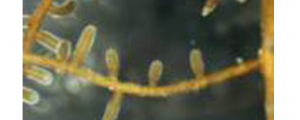GrayZone
Active member
BioBizz light mix, isn't broken. Trying to fix it, seems unwise.
Adding some worm castings, like 80 light mix/20 worm castings, won't be a problem. I had plants in 50% perlit, 50% worm castings. Worked like a charm, never seen a plant growing so obviously like then.






